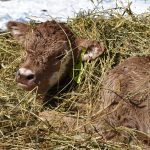There are several liver flukes that can affect cattle, and although they are not a common parasite in Western Canada, producers and veterinarians should be aware that they can occur. The most common liver fluke in Western Canada is the giant liver fluke, which is also known as the deer liver fluke. Its scientific name […] Read more
Stories by John Campbell, DVM, DVSC
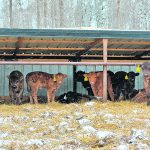
Vaccine shortage may require creative scours prevention
I’ve recently heard rumours that there may be a shortage of scours vaccines this year. While I’m not sure if the shortage will be significant, you might want to check with your local veterinary practice to find out if they are going to be able to stock scours vaccines for cows for the upcoming calving […] Read more
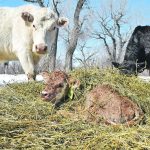
Risk factors identified for respiratory disease
Calf health is a major focus for beef cow-calf producers and their veterinarians for good reason. A recent paper in the journal, Translational Animal Science, highlights some of the findings from the western Canadian cow-calf surveillance network focusing on calf health issues. Dr. Cheryl Waldner and colleagues from the Western College of Veterinary Medicine, the […] Read more
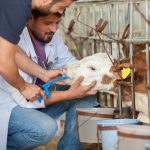
Veterinarian shortage likely to be long-lived
Staff shortages and being overworked are common themes at veterinary clinics in Western Canada. At the last few conferences I’ve attended, it seems to be the most prevalent topic of conversation. Several factors are cited as causes for the shortage. We have at least anecdotally seen an increase in retirements of the baby-boomer generation of […] Read more
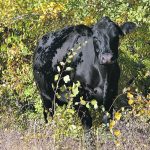
Sexually transmitted infections can hurt bull performance
Bulls can be long-term carriers of various infectious bacteria and parasites that can potentially cause a loss of fertility in cow-calf herds. Some of these pathogens are transmitted through sexual activity and can lead to early embryonic loss or abortion, which results in a higher percentage of cows being open at pregnancy testing time. I […] Read more
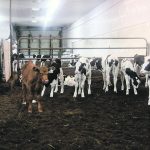
One iodine navel dip does not prevent umbilical infections
Umbilical infections are a common problem many cow-calf producers will occasionally deal with in young calves. The umbilical cord connects the fetus to the placenta during gestation, allowing the movement of nutrients and water to the fetus, as well as the removal of waste products. The umbilical cord is a complex structure that encompasses two […] Read more
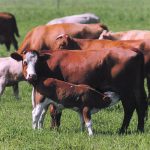
Pneumonia outbreaks can affect nursing calves on pasture
Pneumonia is often considered a disease of weaned calves in the feedlot and that is the most common presentation of the disease in cattle. However, in some situations, nursing calves on pasture can be severely affected by pneumonia outbreaks. This disease is sometimes known as summer pneumonia or enzootic pneumonia. It can affect calves as […] Read more
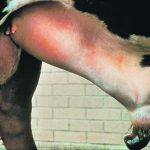
Penile hematoma is common breeding injury among bulls
It’s that time of year where most of the bulls have been turned out and are hopefully taking care of business this summer. However, a common breeding injury can interfere with the bull’s success during the breeding season. That injury is sometimes known as a “broken penis” but is probably better named a penile hematoma. […] Read more
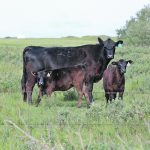
Coccidia parasites could develop resistance to toltrazuril
Coccidiosis is a common parasitic disease in western Canadian beef and dairy herds that can cause significant disease outbreaks and economic losses. The primary clinical signs are usually diarrhea, unthriftiness and poor growth rates. It can infect all farm animal species including poultry, pigs, sheep and cattle. However, the parasites that cause coccidiosis are host […] Read more
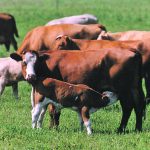
Growth implants can aid development in nursing calves
The use of growth-promotant implants in nursing calves is one of the most cost-effective strategies for improving growth and feed efficiency in the pre-weaning period. Implants have been shown to make a significant increase in weaning weights of calves in many research trials. The weaning weight improvements are often at least 15 to 30 pounds […] Read more

